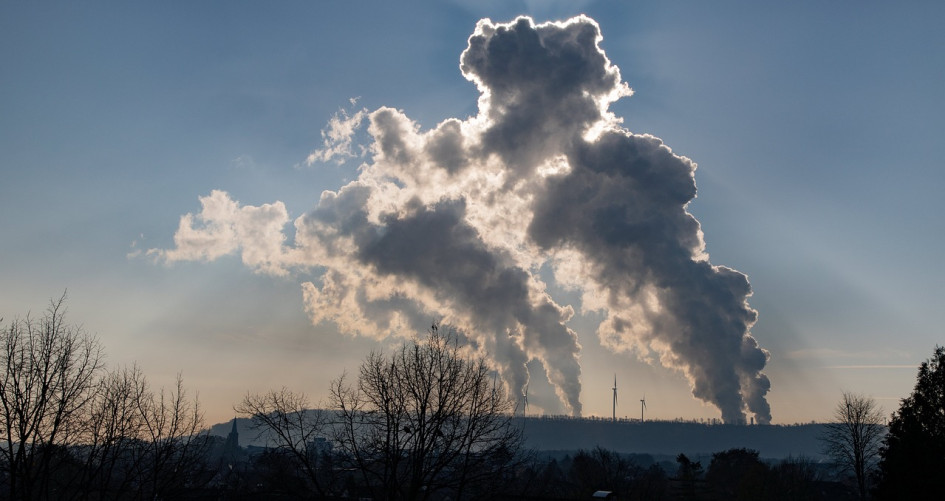UN Climate Change News, 27 June 2023 -- Last month saw the closure of Parties’ annual reviews for the second commitment period (2013–2020) of the Kyoto Protocol. The results of this exercise show a push by developed countries to reduce their emissions and to be transparent about those efforts, a drive which started almost 20 years ago.
The review results confirm that the developed countries that ratified the Kyoto Protocol managed, as a group, to reduce average annual emissions by 17 percent compared to 1990 levels, with the European Union cutting emissions by 25 percent and countries like Germany by 30 percent.
The results achieved are an indication that Parties are starting to take the steps necessary to meet the reduction objectives set out in the Paris Agreement. Nevertheless, the results also show ambition needs to be considerably ramped up globally to meet the key temperature goal of the Paris Agreement, which is to hold global average temperature rise as close as possible to 1.5 degrees Celsius compared to pre-industrial times.
Reviewing annual greenhouse gas inventories has been a major part of the monitoring, reporting and verification process under the Kyoto Protocol since 2006, and under the UN Convention on Climate Change before that.
In a message to Parties and observers sent last month, UN Climate Change Executive Secretary Simon Stiell said: “The completion of the second commitment period of the Kyoto Protocol paves the way for Parties to undertake enhanced climate action in line with the ultimate objective to significantly reduce the risks and impacts of climate change.”
Accurate reporting possible through efforts of expert review teams
The review reports cover emissions from developed countries’ economy-wide sectors, such as energy production and use, transport, industrial processes, agriculture and waste. They also include net emissions and removals achieved through land-use activities such as afforestation, reforestation, deforestation and forest management.
The publication of the reports for 2022 was possible with the help of 12 expert review teams made up of more than 160 reviewers, the lead reviewers that guided them, and the UN Climate Change staff that provided substantive and logistical support. If you are interested in becoming an expert reviewer of Biennial Transparency Reports, check out how to become a nominated expert and the new online training programme.
Over the last 20 years, more than 500 experts from 100 developing and developed countries have reviewed greenhouse gas inventories and gained ample experience, establishing a solid foundation for Parties to develop future reporting systems that guarantee a rigorous transparency system under the Paris Agreement.
During a 100-day countdown period that started on 1 June 2023, Kyoto Protocol Parties are able to continue to acquire and transfer emission reduction units, certified emission reductions, assigned amount units and removal units valid for the second commitment period to ensure that they meet those commitments – find more information and relevant documentation about this process.
Kyoto Protocol Paves the Way for Greater Ambition under Paris Agreement
27 June 2023
Article
